Home>Furniture & Design>Living Room Furniture>How Far Does A Recliner Go Back
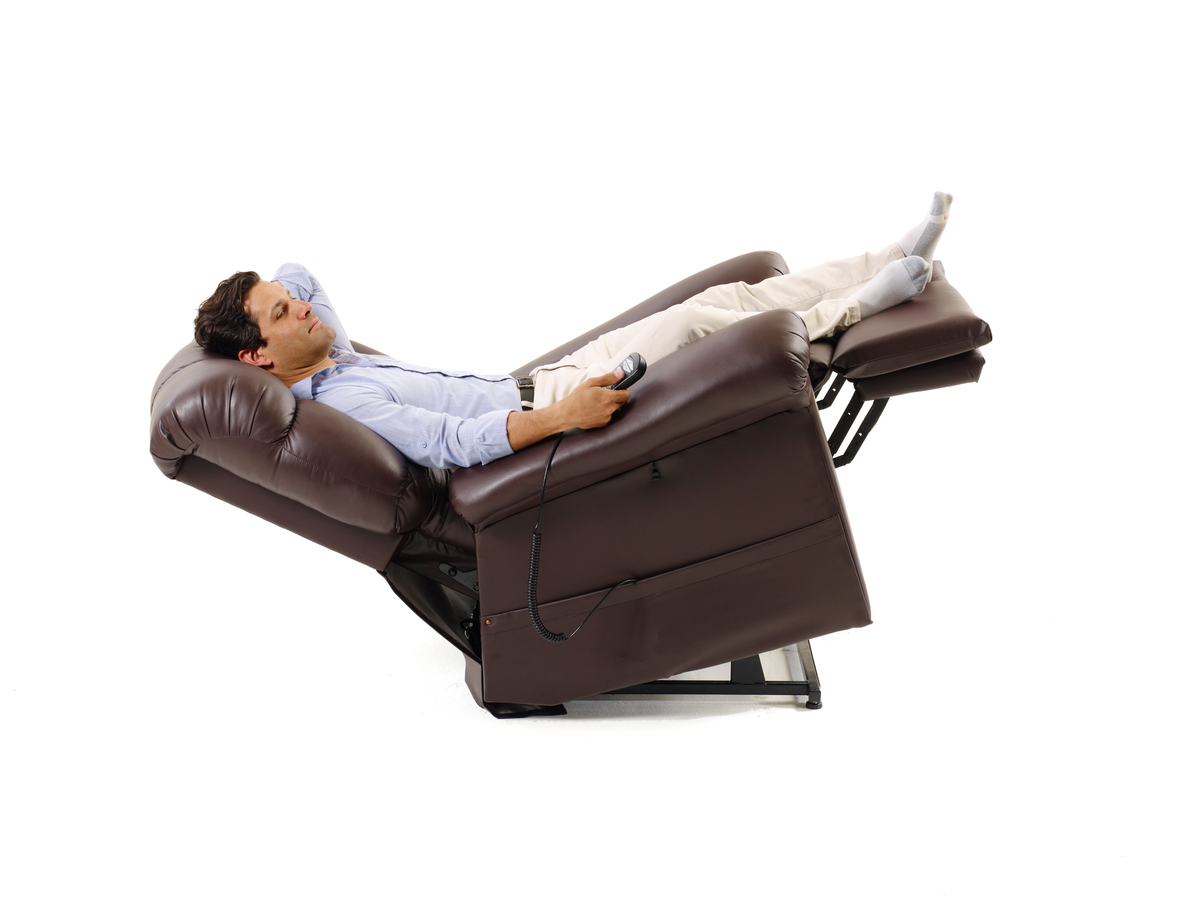

Living Room Furniture
How Far Does A Recliner Go Back
Modified: October 18, 2024
Discover how far a recliner can recline and find the perfect living room furniture and design for your home. Explore our range of recliners today!
(Many of the links in this article redirect to a specific reviewed product. Your purchase of these products through affiliate links helps to generate commission for Storables.com, at no extra cost. Learn more)
Introduction
Read more: How Far Does A Pepper Spray Go
Introduction
Welcome to the world of relaxation and comfort! If you've ever wondered just how far a recliner can go back, you're in the right place. Recliners have long been cherished for their ability to provide a soothing and restful experience, and understanding their range of motion is essential to fully appreciate their benefits. In this article, we'll delve into the anatomy of a recliner, explore the factors that influence its range, and uncover the advantages of a recliner's impressive flexibility. So, sit back, put your feet up, and let's embark on a journey to discover how far a recliner can truly go back.
Anatomy of a Recliner
Key Takeaways:
- Recliners offer a range of positions, from upright to fully reclined, providing personalized comfort and stress relief for users’ relaxation needs.
- Factors like design, materials, and customization features influence a recliner’s flexibility, offering benefits such as improved circulation, joint support, and versatile use for a healthier and more enjoyable lifestyle.
Anatomy of a Recliner
Before we explore the extent to which a recliner can recline, it’s essential to understand the fundamental components that contribute to its range of motion. A typical recliner consists of several key elements that work in harmony to provide the ultimate in comfort and relaxation.
First and foremost, the backrest of a recliner is a pivotal feature that determines the degree to which the chair can recline. High-quality recliners often boast a multi-position backrest, allowing users to adjust the reclining angle to their preference.
Additionally, the footrest, also known as the ottoman, plays a crucial role in the reclining experience. This component is designed to seamlessly extend and retract as the chair reclines, providing essential support and enhancing overall comfort.
Furthermore, the reclining mechanism itself is a marvel of engineering, typically comprising a lever, handle, or power button that enables users to effortlessly adjust the chair’s position. Whether it’s a traditional push-back recliner or a state-of-the-art power recliner, the mechanism is integral to the recliner’s functionality.
Moreover, the frame of the recliner, often constructed from durable materials such as steel or hardwood, ensures stability and sturdiness, allowing users to recline with confidence and peace of mind.
Lastly, the upholstery of the recliner not only contributes to its aesthetic appeal but also influences the overall tactile experience. Luxurious fabrics or supple leather can elevate the comfort and visual allure of the recliner, making it a stylish addition to any living space.
Understanding the intricate anatomy of a recliner sets the stage for comprehending the impressive range of motion that these pieces of furniture offer. Now that we’ve explored the foundational elements of a recliner, let’s delve into the exciting realm of a recliner’s range.
Range of Motion
Read more: How Far Does Laser Level Go?
Range of Motion
When it comes to the range of motion of a recliner, the possibilities are as diverse as they are delightful. Recliners are designed to offer a spectrum of reclining positions, catering to various preferences and relaxation needs.
One of the most common reclining positions is the standard upright posture, where the backrest is in an upright position, and the footrest is retracted. This configuration is ideal for reading, watching television, or engaging in lively conversations while seated comfortably.
As the recliner transitions into its first reclined position, the backrest tilts backward, allowing users to adopt a semi-reclined posture. This setting is perfect for unwinding after a long day, providing a gentle inclination that eases tension and promotes relaxation.
For those seeking the epitome of repose, recliners often offer a fully reclined position where the backrest reclines to a near-horizontal angle, and the footrest extends outward. This position is synonymous with pure tranquility, enabling users to stretch out and experience unparalleled comfort.
Moreover, some advanced recliners feature additional reclining options, such as adjustable headrests and lumbar support, further enhancing the range of motion and customization available to users.
Furthermore, power recliners have revolutionized the reclining experience by offering seamless, motorized adjustments at the touch of a button. This innovation allows for infinite reclining positions, empowering users to effortlessly find their perfect reclining angle with precision and ease.
Whether it’s a classic manual recliner with multiple positions or a cutting-edge power recliner with limitless adjustments, the range of motion of a recliner embodies versatility, comfort, and personalized relaxation.
Now that we’ve explored the captivating range of motion that recliners offer, let’s uncover the factors that influence a recliner’s range and the benefits of its impressive flexibility.
Factors Affecting Recliner Range
Factors Affecting Recliner Range
The remarkable range of motion exhibited by recliners is influenced by several key factors that contribute to their flexibility and functionality. Understanding these factors sheds light on the diverse capabilities of recliners and the considerations that impact their range.
1. Design and Engineering: The design and engineering of a recliner play a pivotal role in determining its range of motion. Factors such as the reclining mechanism, the angle of the backrest, and the extension of the footrest are meticulously crafted to provide a seamless and ergonomic reclining experience.
2. Materials and Construction: The materials used in the construction of a recliner significantly affect its range. High-quality steel or hardwood frames, durable yet supple upholstery, and precision-engineered components contribute to the sturdiness and fluidity of the recliner’s motion.
3. Reclining Mechanism: Whether it’s a manual lever, handle, or a state-of-the-art power reclining system, the type of reclining mechanism directly impacts the range and ease of adjustment. Advanced mechanisms offer smooth and precise reclining, expanding the range of motion to cater to individual preferences.
4. Customization Features: Some recliners are equipped with customizable features such as adjustable headrests, lumbar support, and independent reclining functions for the backrest and footrest. These features enhance the recliner’s range by allowing users to tailor their seating experience to their exact specifications.
5. Space and Placement: The available space and placement of the recliner within a room can influence its range of motion. Wall-hugger recliners, for example, are designed to maximize space efficiency by requiring minimal clearance from the wall, making them suitable for various room configurations.
6. Weight Capacity: The weight capacity of a recliner is an essential consideration that can impact its range and durability. Ensuring that the recliner accommodates the user’s weight comfortably is crucial for maintaining its range of motion and structural integrity.
By considering these factors, both manufacturers and users can appreciate the intricacies of recliner design and functionality, leading to a more informed selection and utilization of these exceptional pieces of furniture.
Now that we’ve explored the factors affecting a recliner’s range, let’s uncover the myriad benefits that stem from its impressive flexibility.
Benefits of a Recliner’s Range
Read more: How Far Does Laser Level Go For Fence?
Benefits of a Recliner’s Range
The impressive range of motion offered by recliners encompasses a multitude of benefits that contribute to enhanced comfort, relaxation, and overall well-being. Understanding these advantages highlights the significance of a recliner’s flexibility and its positive impact on users’ physical and mental health.
1. Customized Comfort: The diverse range of reclining positions allows users to customize their seating experience to suit their unique preferences and comfort needs. Whether it’s a gentle incline for reading or a fully reclined position for napping, the versatility of a recliner’s range ensures personalized comfort for every individual.
2. Stress Relief: The ability to recline to varying angles promotes stress relief by alleviating pressure on the spine and muscles. By adjusting the recliner to a position that reduces tension and promotes proper alignment, users can experience profound relaxation and relief from daily stressors.
3. Enhanced Circulation: Reclining in a well-designed chair can improve blood circulation throughout the body. Elevating the legs by extending the footrest promotes healthy circulation, reducing the risk of swelling and enhancing overall blood flow, especially beneficial for individuals with circulation-related concerns.
4. Support for Aching Joints: The ability to recline to different positions provides crucial support for aching joints, offering relief to individuals with arthritis, back pain, or other musculoskeletal discomfort. By adjusting the recliner to minimize pressure on specific areas, users can find comfort and respite from joint-related issues.
5. Improved Relaxation and Sleep: A recliner’s range of motion facilitates improved relaxation and sleep quality. Finding the optimal reclining position can aid in unwinding at the end of a long day, promoting restful sleep and enhancing overall well-being.
6. Versatile Use: The diverse range of reclining positions extends the versatility of recliners, making them suitable for various activities such as reading, watching TV, napping, or simply lounging in comfort. This adaptability ensures that a recliner can cater to a wide array of relaxation and leisure preferences.
7. Postural Support: Proper postural support is crucial for spinal health and overall comfort. A recliner’s range allows users to find the ideal position to support their posture, reducing strain on the spine and promoting a healthy sitting experience.
By embracing the benefits of a recliner’s range, individuals can elevate their relaxation and comfort, promoting a healthier and more enjoyable lifestyle. The flexibility and adaptability of recliners make them an indispensable addition to any living space, offering a haven of comfort and well-being.
As we conclude our exploration of the benefits of a recliner’s range, it’s evident that the impressive flexibility of these chairs transcends mere functionality, enriching the lives of those who indulge in their restorative embrace.
Conclusion
Conclusion
As we’ve journeyed through the captivating realm of recliners and their remarkable range of motion, it’s clear that these pieces of furniture are not merely seating options but gateways to unparalleled comfort, relaxation, and well-being.
The anatomy of a recliner, comprising the backrest, footrest, reclining mechanism, frame, and upholstery, forms the foundation for the impressive range of motion that defines these chairs. Understanding the intricate components of a recliner allows us to appreciate the engineering marvel that enables their diverse reclining positions.
The range of motion of a recliner offers a symphony of reclining positions, from the standard upright posture to the fully reclined, near-horizontal position, providing users with a spectrum of choices to suit their relaxation needs. Whether it’s a manual or power recliner, the versatility and adaptability of these chairs cater to individual preferences with finesse and precision.
Furthermore, the factors affecting a recliner’s range, including design and engineering, materials, customization features, and space considerations, underscore the meticulous craftsmanship and thoughtful design that contribute to the exceptional flexibility of recliners.
Unveiling the benefits of a recliner’s range illuminates the profound impact that these chairs have on physical comfort, stress relief, circulation, joint support, relaxation, and overall well-being. The customizable comfort, stress-relieving properties, and versatile applications of recliners make them indispensable companions for individuals seeking respite and rejuvenation.
In conclusion, the range of motion of a recliner transcends mere functionality, offering a gateway to a world of personalized comfort, relaxation, and therapeutic support. Whether it’s unwinding after a long day, finding relief from physical discomfort, or simply indulging in moments of tranquility, recliners stand as beacons of comfort and well-being within our living spaces.
So, the next time you recline in your favorite chair, take a moment to appreciate the boundless comfort and rejuvenation it offers. The range of motion of a recliner is not just a physical attribute but a testament to the art of relaxation and the pursuit of utmost comfort.
May your recliner continue to be a steadfast companion on your journey to tranquility and well-being, providing endless moments of repose and rejuvenation.
Frequently Asked Questions about How Far Does A Recliner Go Back
Was this page helpful?
At Storables.com, we guarantee accurate and reliable information. Our content, validated by Expert Board Contributors, is crafted following stringent Editorial Policies. We're committed to providing you with well-researched, expert-backed insights for all your informational needs.
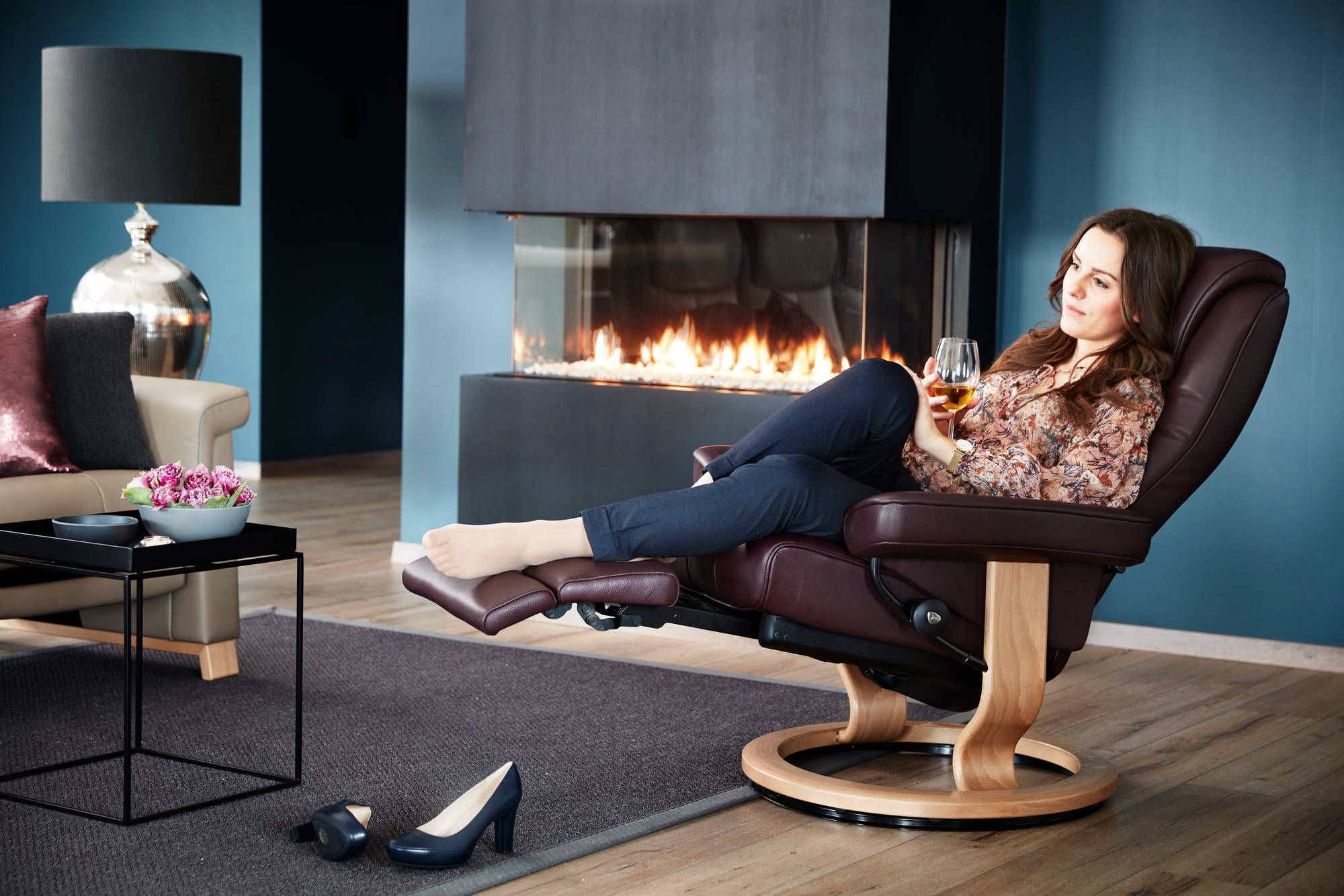
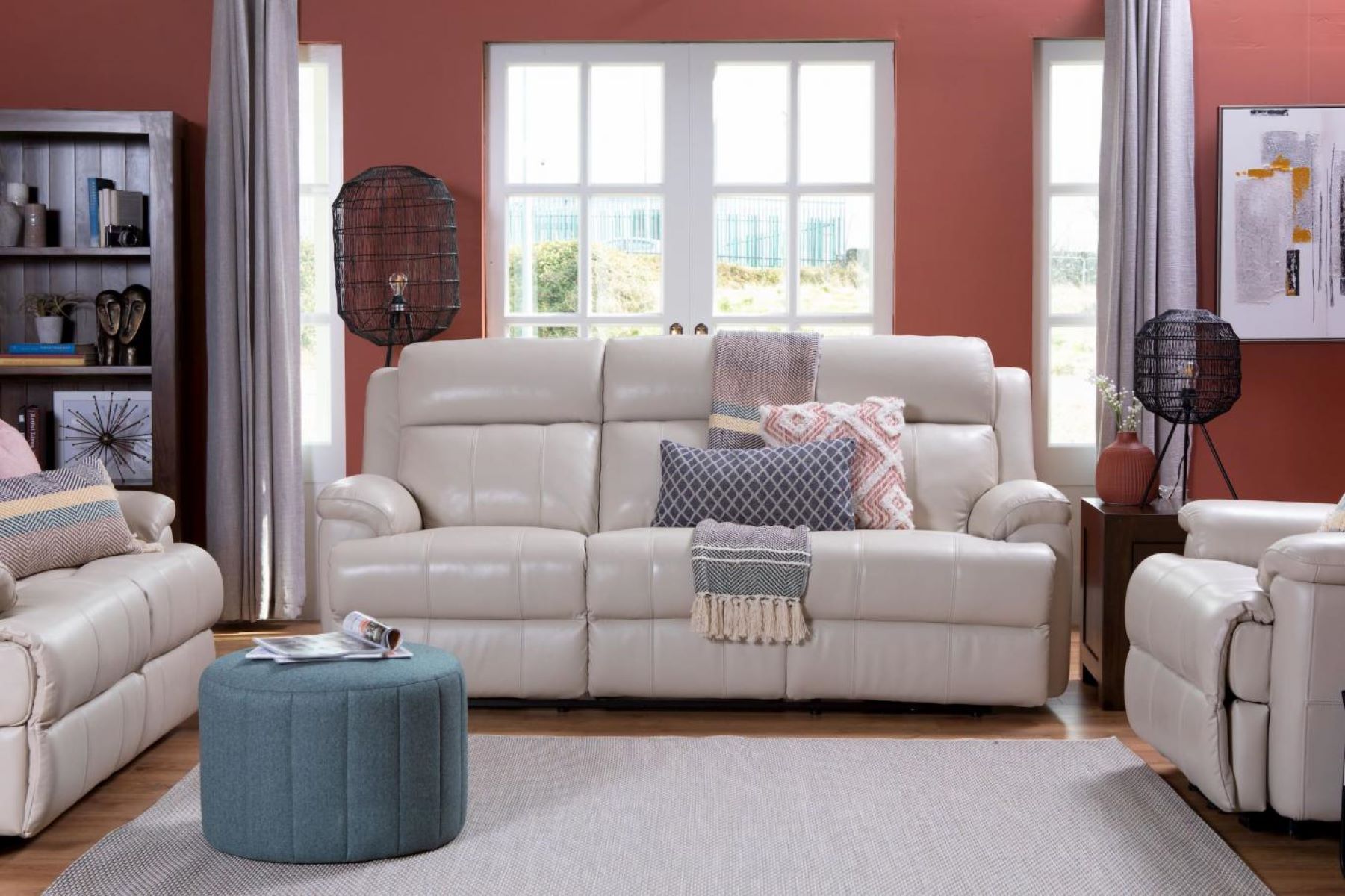
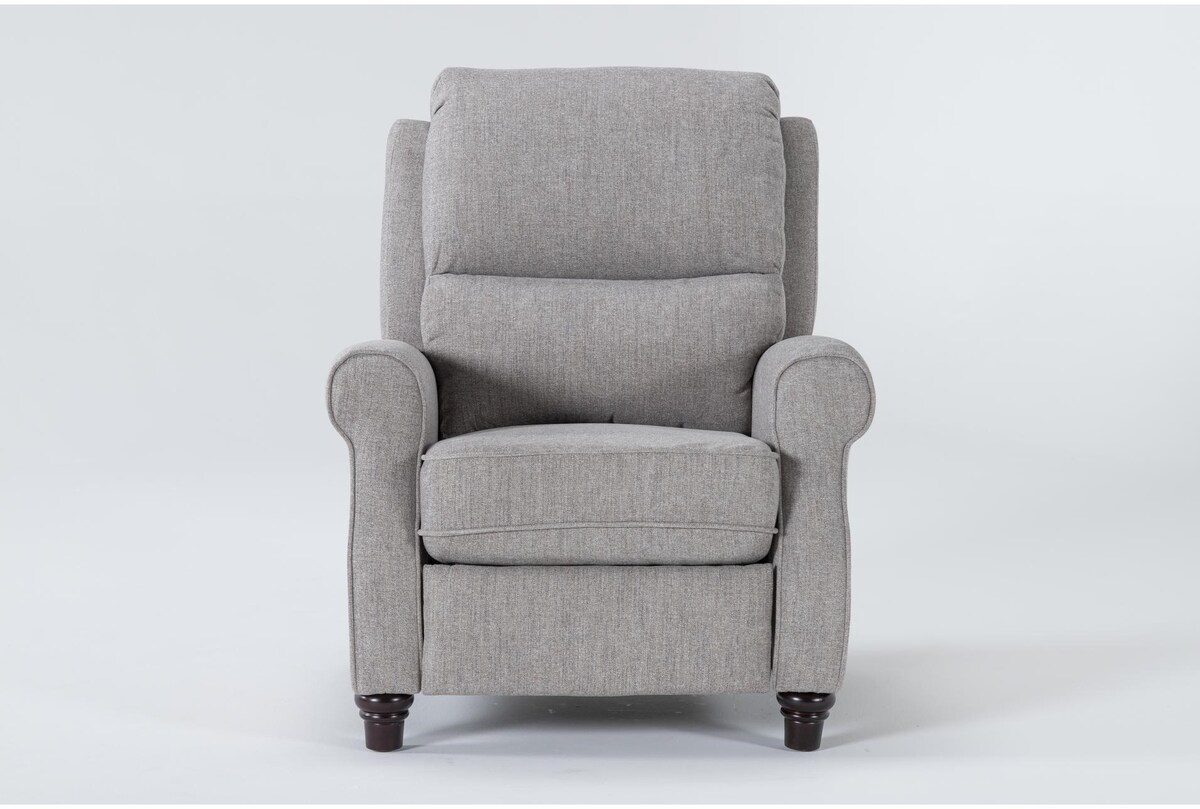
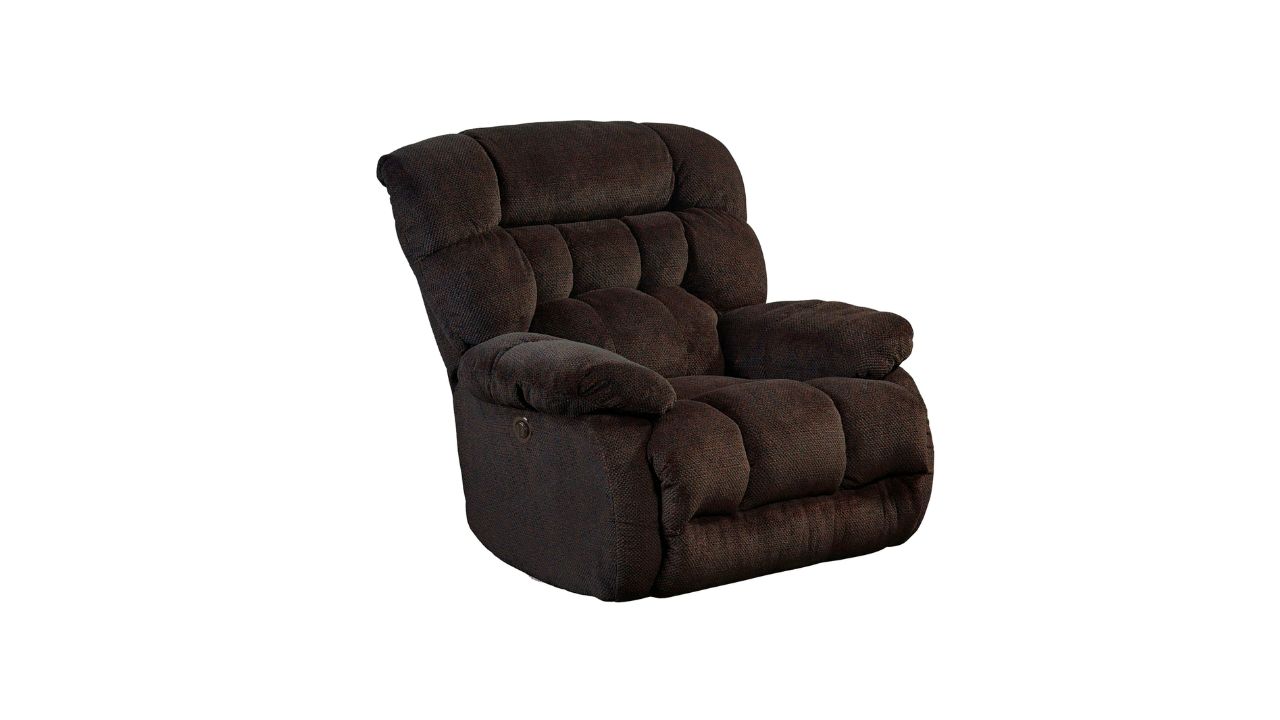
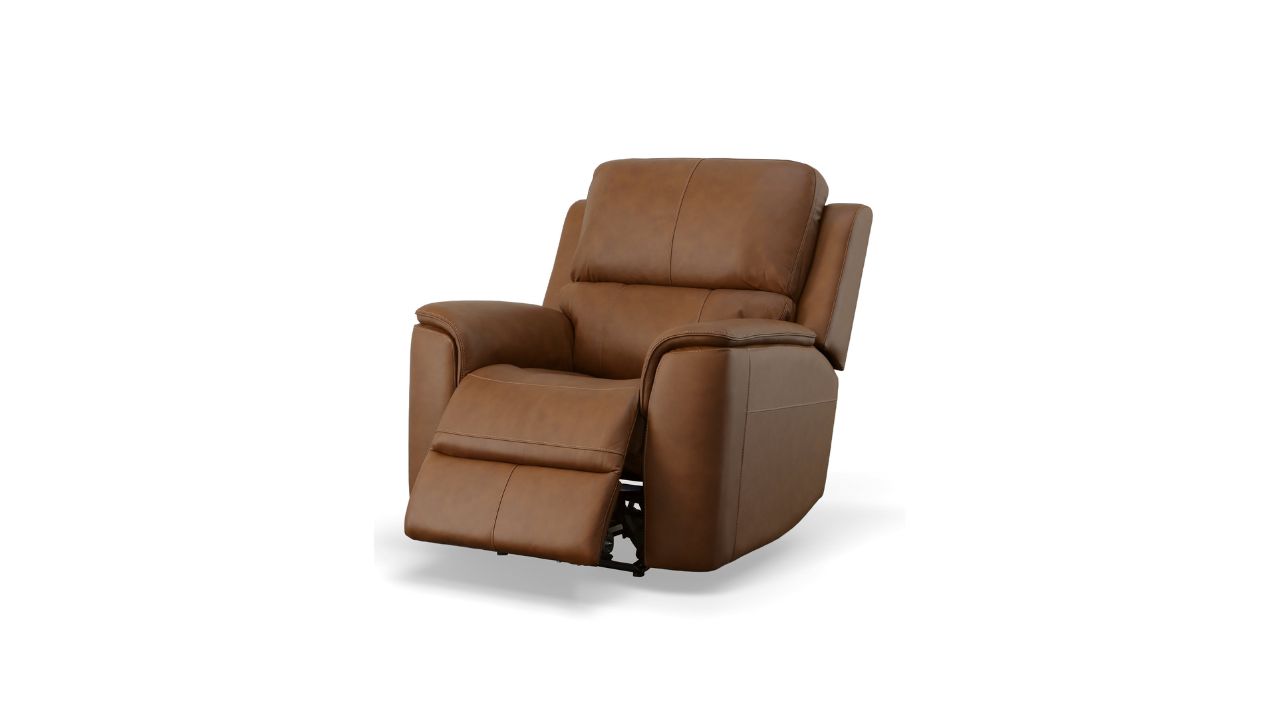
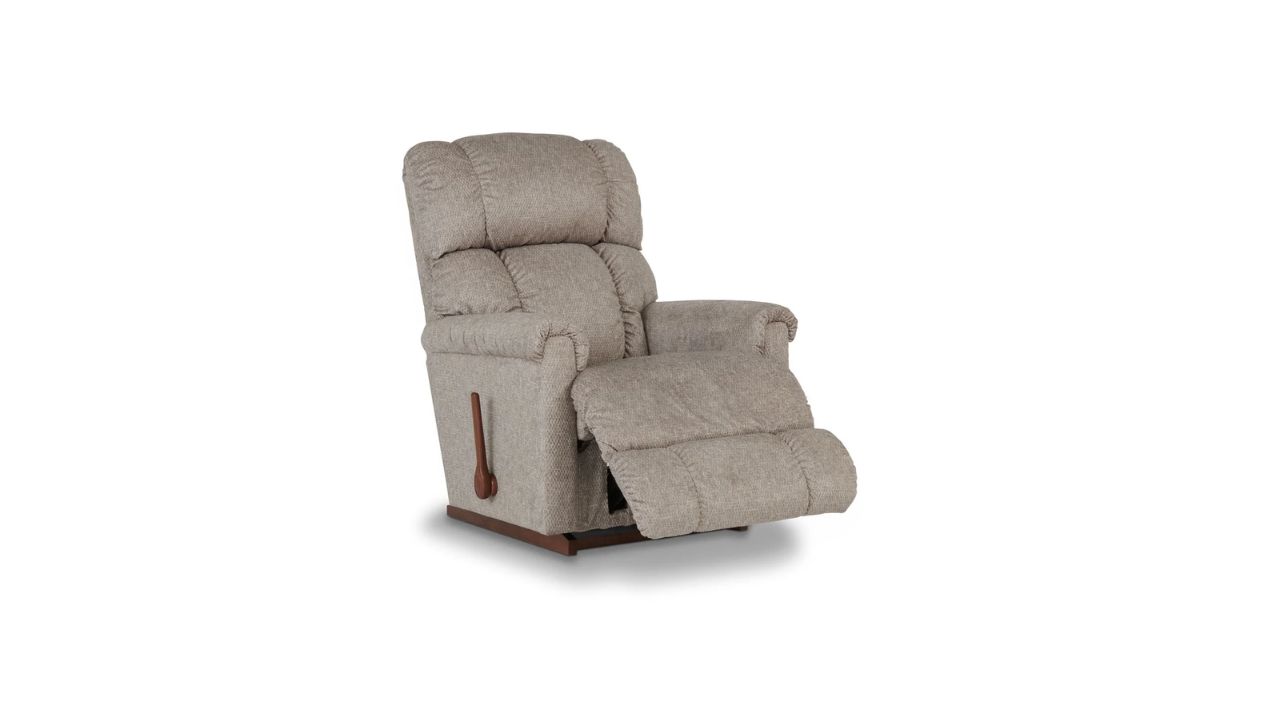
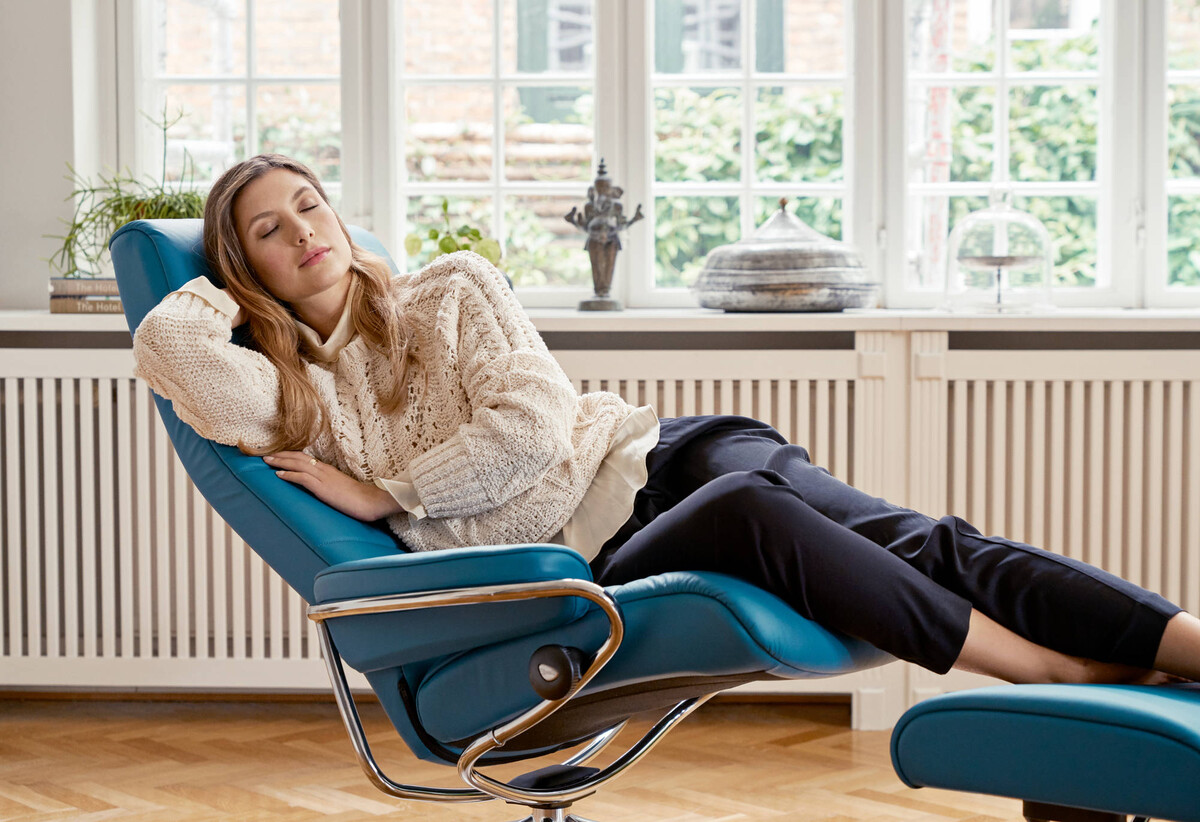
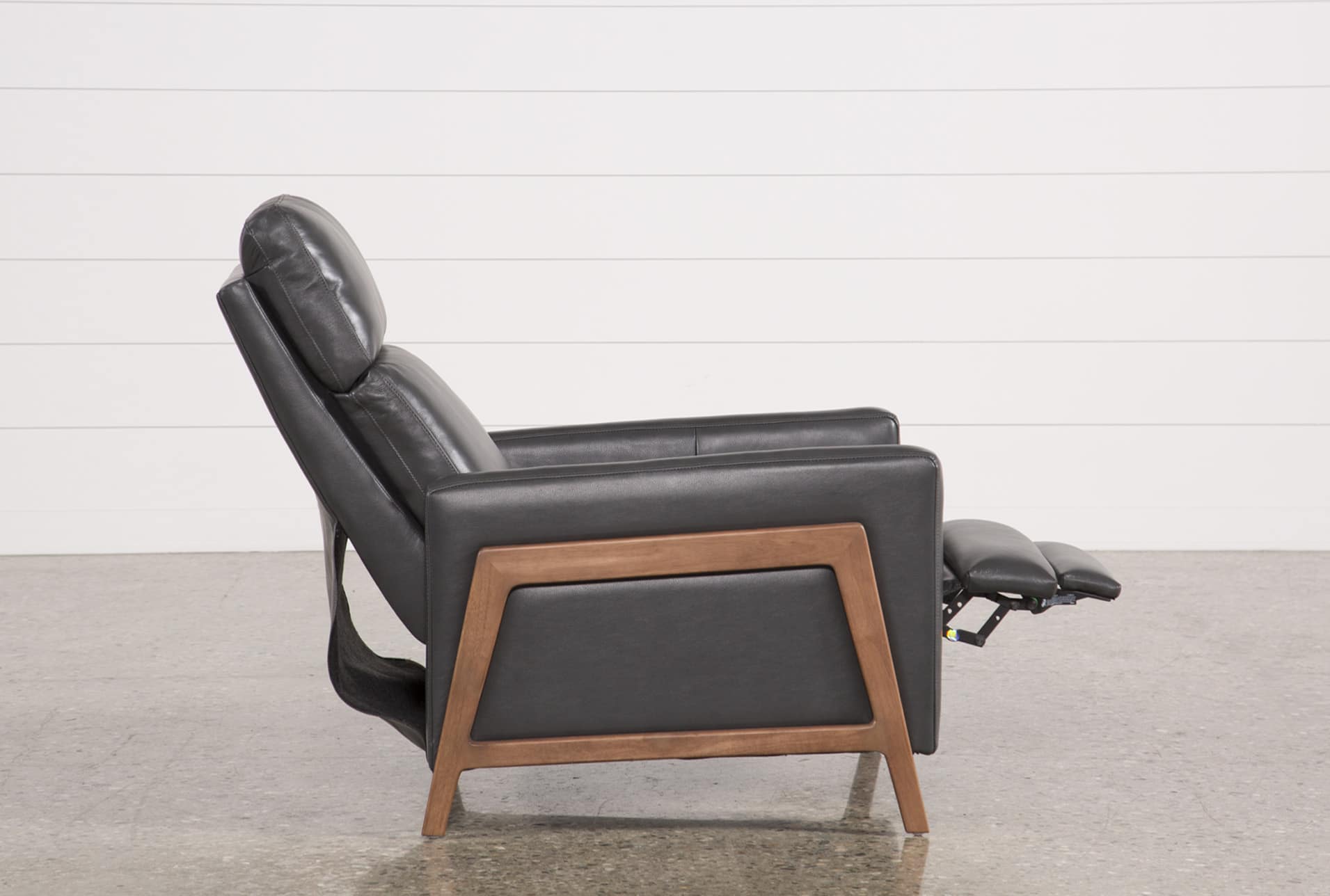
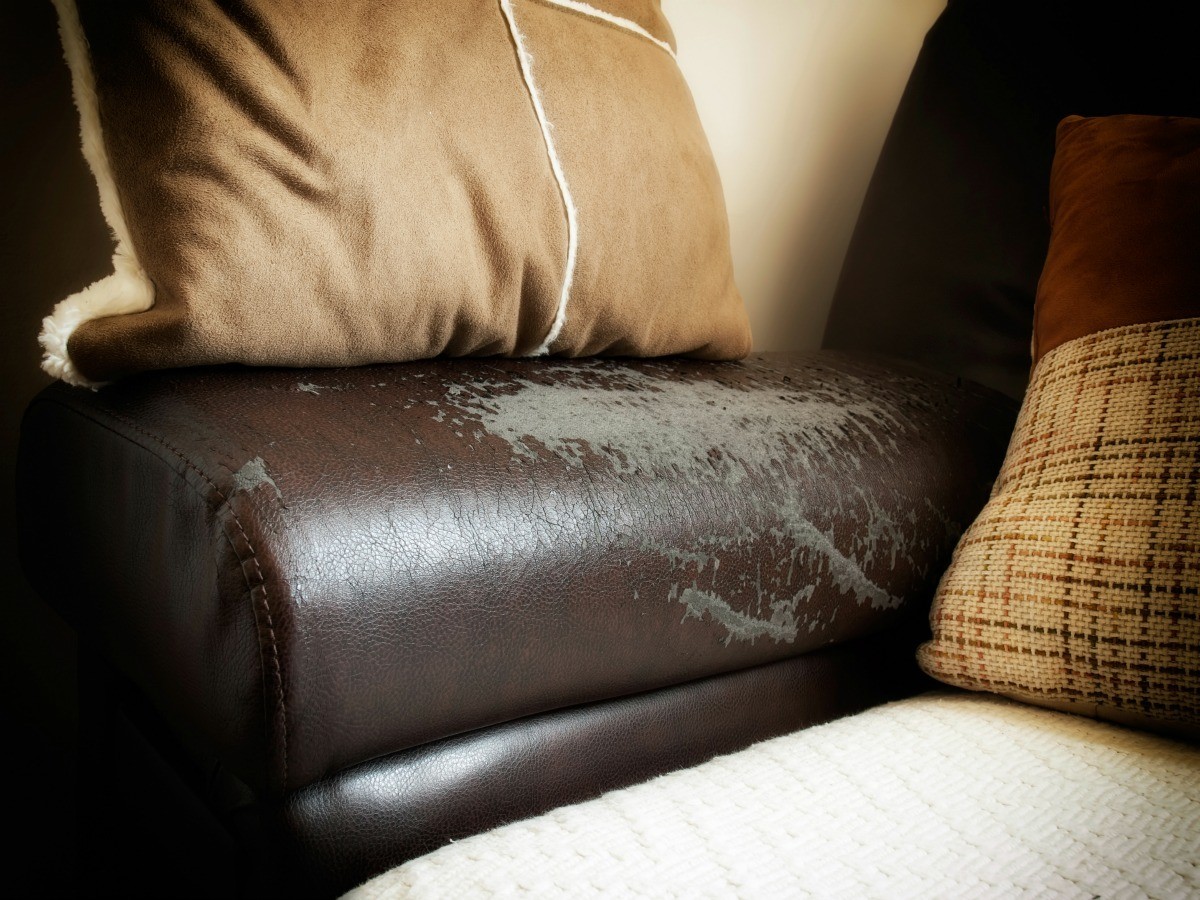
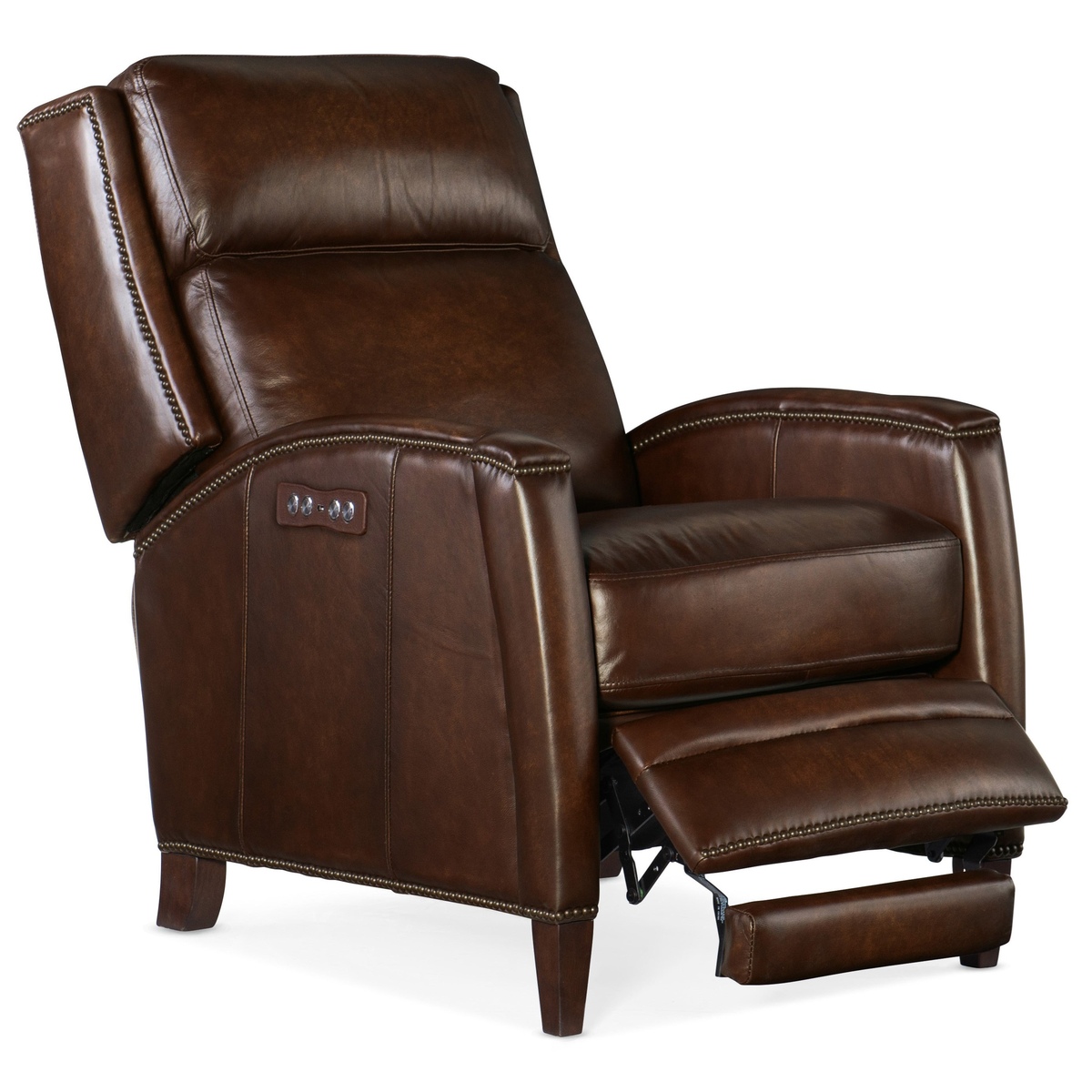
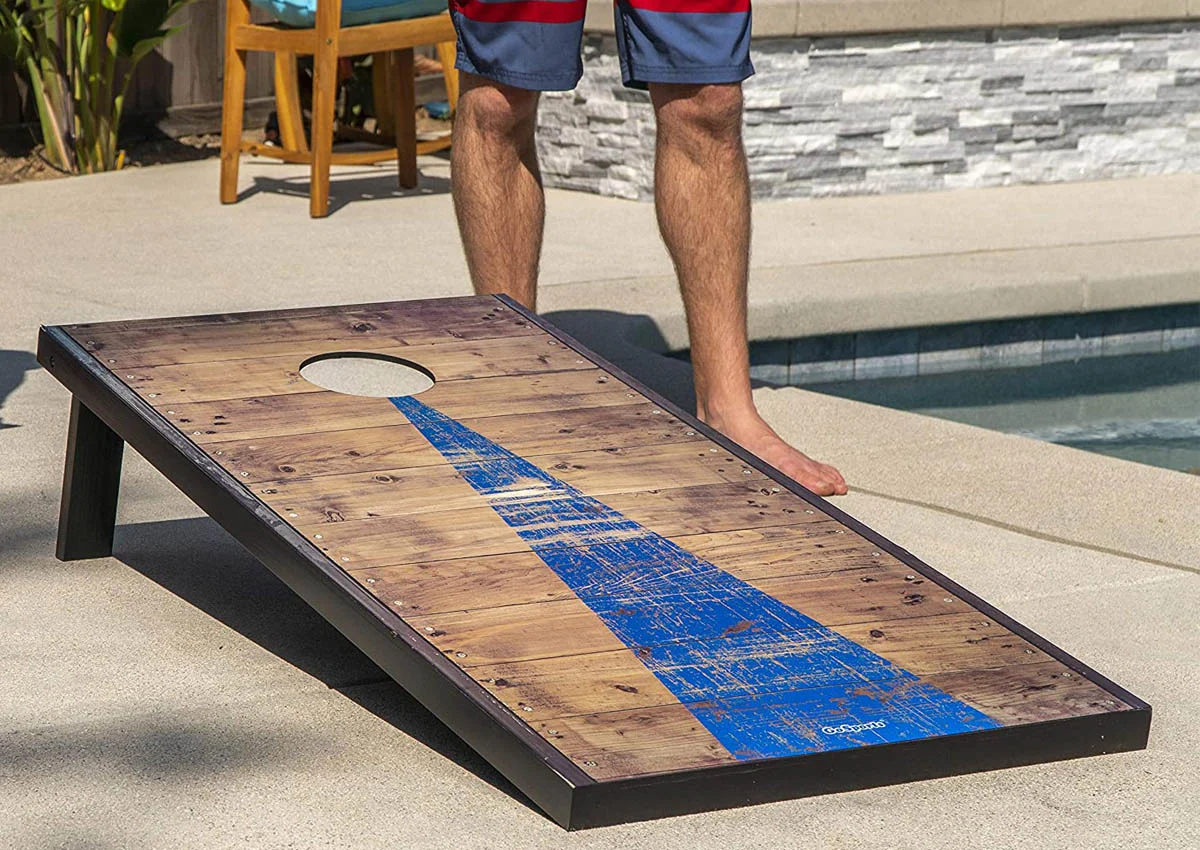
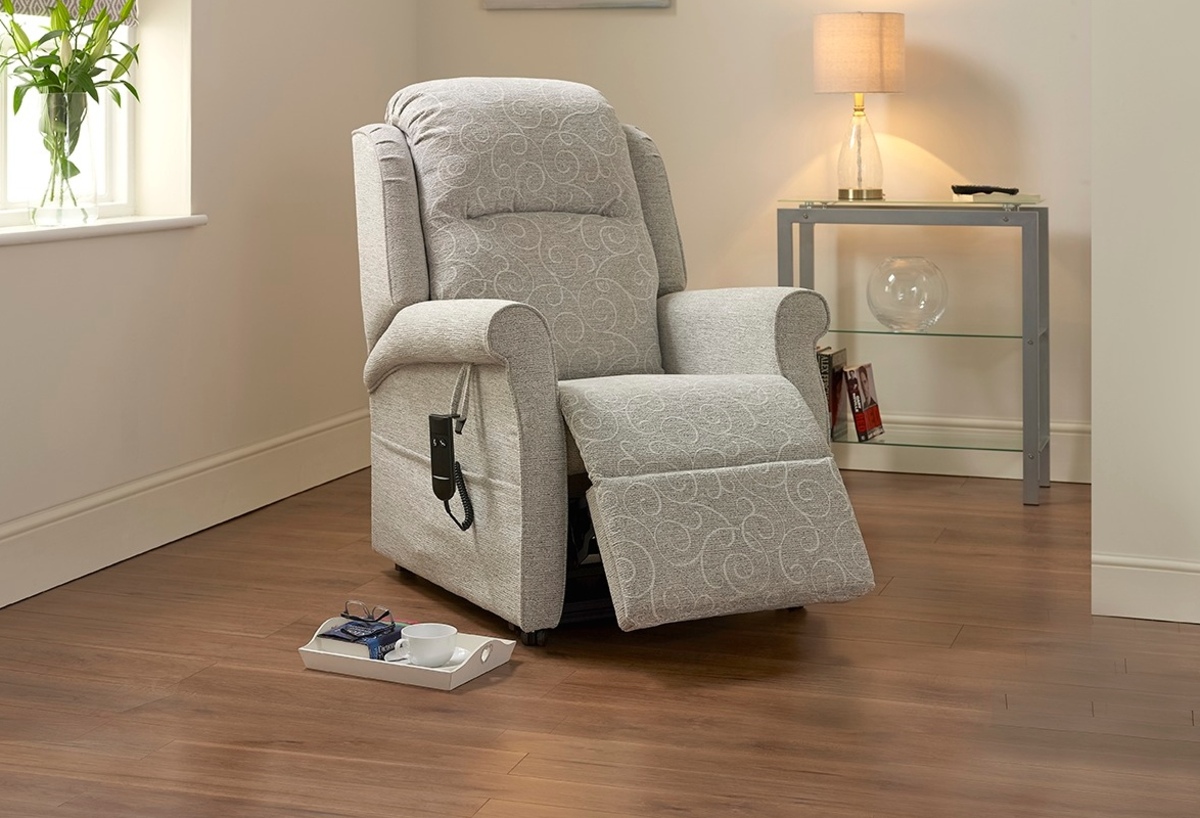
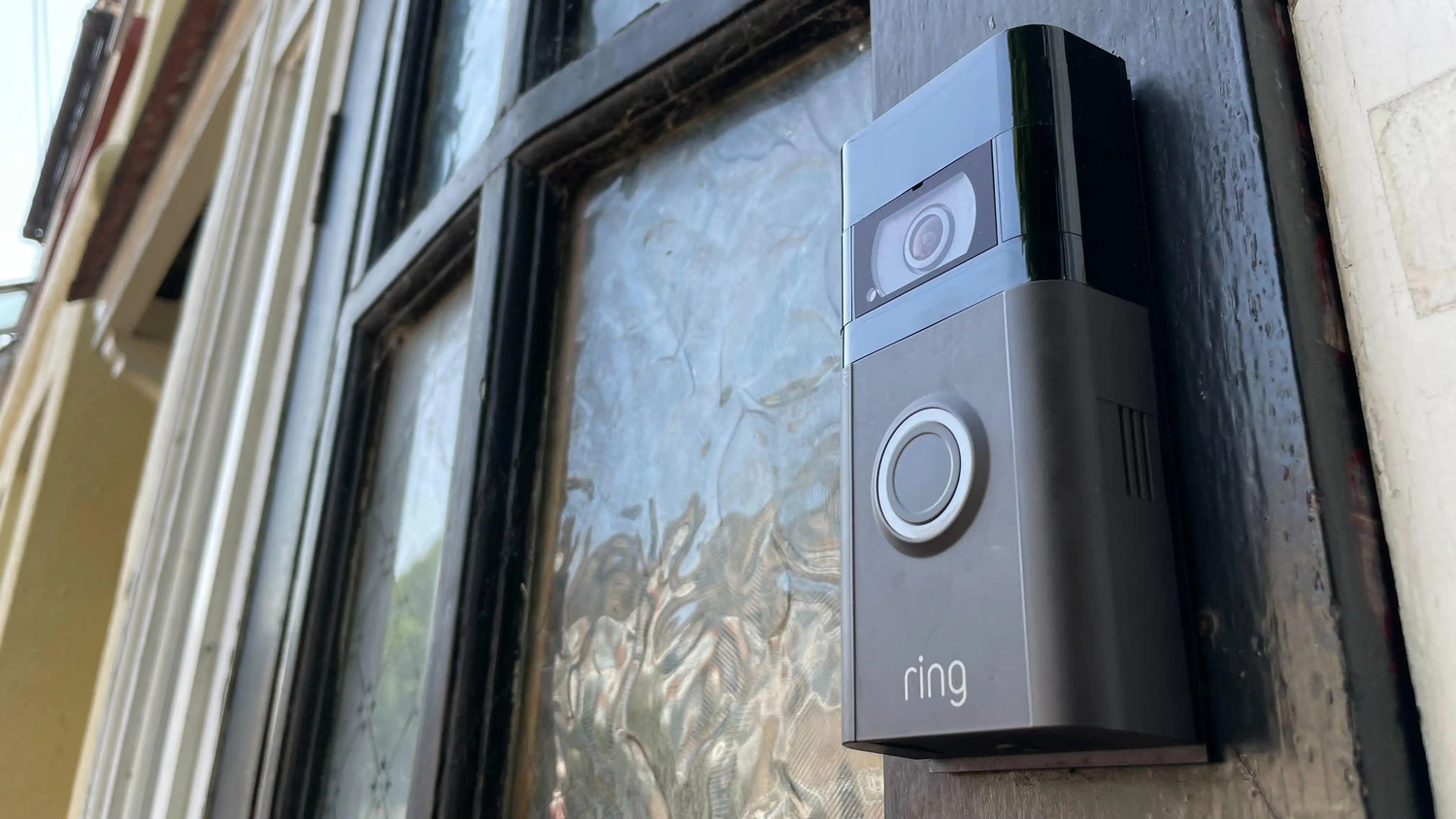

0 thoughts on “How Far Does A Recliner Go Back”